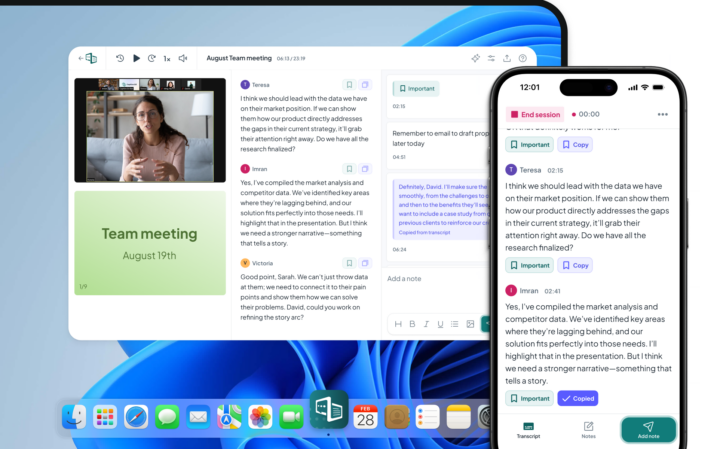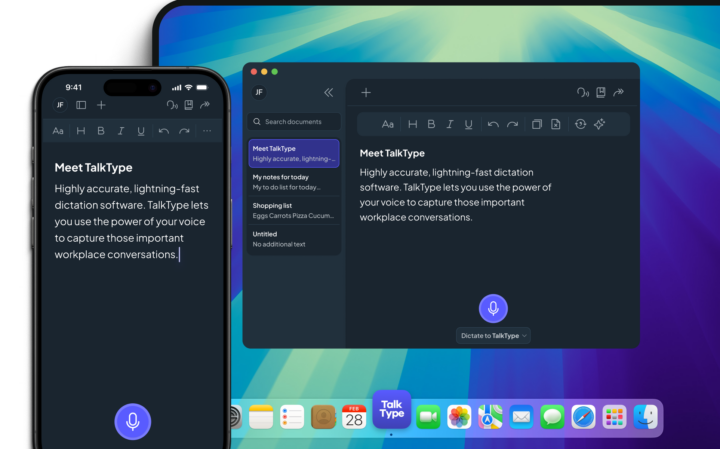The Upside: How Can Compartmentalisation Be Helpful?
There are lots of well-documented benefits to compartmentalisation, especially when it comes to separating our home life from work. These include:
Boosted productivity and focus: Compartmentalising both at home and work can have a positive effect on our productivity and focus. This is because both work stress and outside sources of stress can feed into one another. For example, if you fail to compartmentalise while in the office, you may find yourself becoming less productive. As a result, you might spend your evening worrying about your lack of work that day, which can lead to a vicious cycle. When you compartmentalise, you keep things in mental boxes, which allows you to properly concentrate with a clear head.
Less stress: Compartmentalising naturally reduces stress because it stops us from becoming angry, upset, or fearful about negative thoughts or pressures that aren’t related to our here and now. Lower levels of stress aren’t just important for our mental health; they also prevent us from becoming physically ill due to stress hormones and lack of sleep. According to research, job stress is commonly associated with heart problems, musculoskeletal conditions, and stomach issues. While compartmentalisation isn’t a cure-all, it can mitigate these risks by reducing overall stress load.
Healthier outlook on life: If we learn to compartmentalise in a healthy way, it can have a positive impact on our overall attitude to life. When we start letting go of things or prioritising what’s really important in the moment, we learn that the consequences of doing so aren’t as scary as we’d imagined. Let’s say you’re watching a film at home and actively choose to ignore an important email at 8 pm. It might feel anxiety-inducing to you because ignoring an important email isn’t your norm. But when the next day rolls around and you reply when it’s convenient for you, you realise no bad has come from the situation, and feel better for it.
Making better choices: Finally, with a clearer mind and less stress, we can make much better decisions. Intense emotions and overwhelm can lead to rash decisions with negative consequences. If we feel calm and truly focused on what we’re deciding, it’s much easier to see the bigger picture and make positive choices that benefit ourselves and others.




